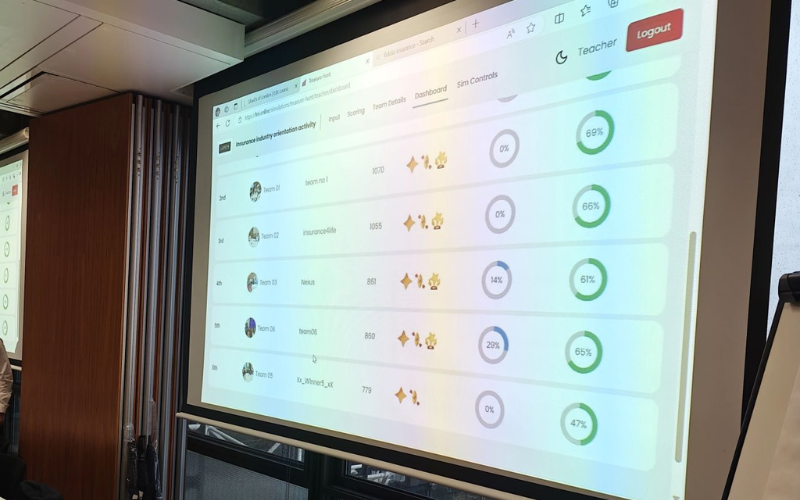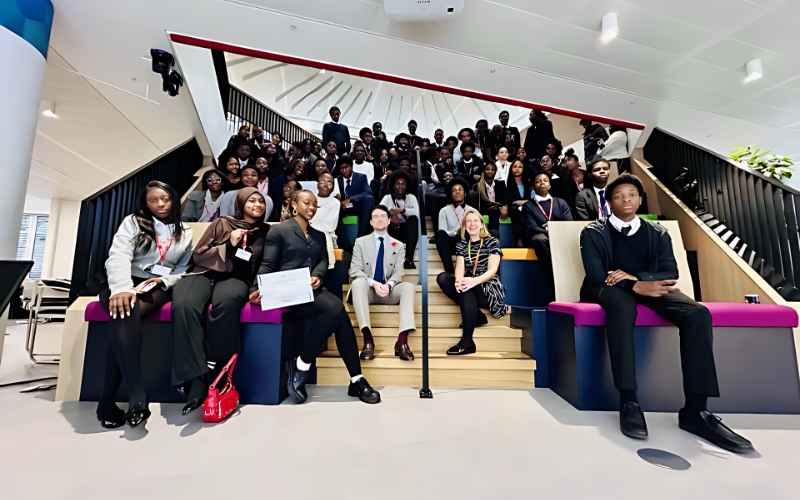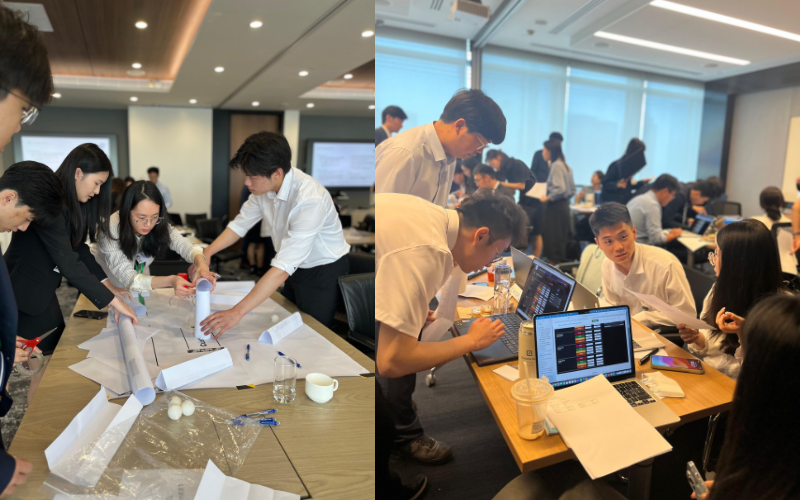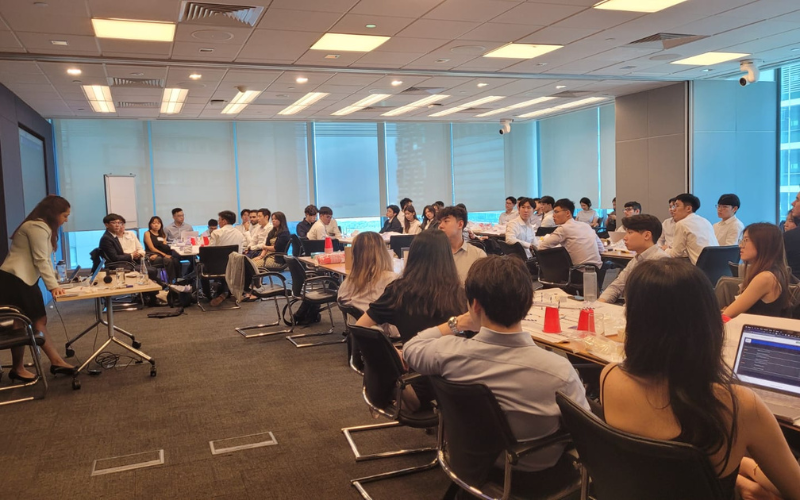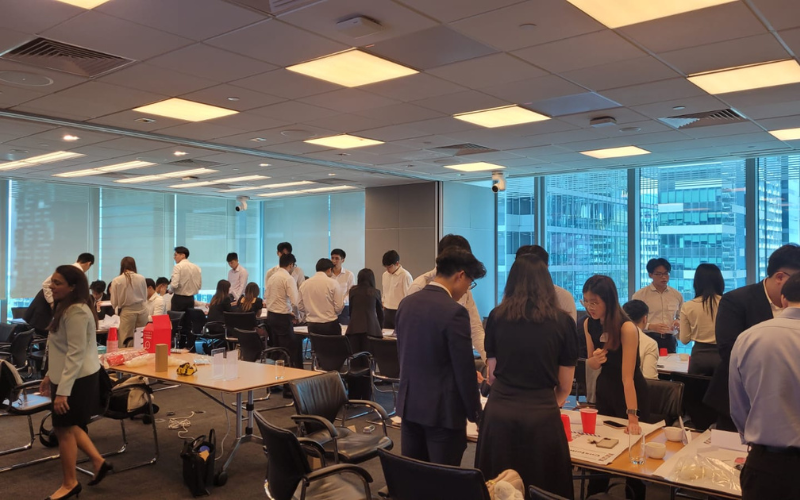What Makes an Internship Programme Truly Memorable?
What separates an unforgettable internship from one that merely fills a few lines on a résumé? Is it the size of the company? The brand? The stipend? Or something much deeper? Imagine yourself in the shoes of a fresh intern, eager, nervous, and hoping to walk away with not just knowledge, but a story to tell.
Internships have evolved over the years, from being simple work placements to a defining chapter in early career journeys. But only a select few manage to etch themselves into an intern’s memory—and, more importantly, their future. Let’s take a journey into what truly makes an internship programme stand out, weaving together numbers, stories, and ideas that reveal the secrets of success.
A Glimpse Into the Past: How Internships Became Essential
Think back to a decade ago. Internships were transactional: coffee runs, endless filing, maybe a presentation or two if you were lucky. But today, they are critical experiences that shape careers.
Did you know that 65% of students in 2024 completed at least one internship before graduation, compared to 50% ten years ago? Or that companies with robust internship programmes enjoy a 20% higher retention rate for early career hires?
Clearly, the stakes have risen. Organisations no longer just provide internships—they curate them. But how? And more importantly, why?
Start With Purpose: The Story of Clear Beginnings
Picture this: It’s your first day as an intern. You’re handed a laptop, a company-branded mug, and a 50-page handbook. Excited? Maybe for a moment. But within hours, the novelty fades, and confusion sets in. What exactly am I here to do?
A memorable internship begins with purpose, clarity, and structure.
Take Company X, a mid-sized financial services firm. Two years ago, their intern retention rate hovered at a dismal 40%. Then they transformed their onboarding process. Instead of overloading interns with information, they gamified the experience. Every intern began their journey with a simulation, learning the ropes through challenges that mirrored real-world scenarios.
The result? A 78% retention rate and interns who could hit the ground running.
Did you know? Glassdoor reports that structured onboarding boosts productivity by 50%, and 76% of interns believe that clear expectations enhance their experience.
Work That Matters: Turning Tasks Into Triumphs
Have you ever heard an intern proudly say, “I spent the summer updating spreadsheets”? Probably not. The reality is, interns want work that matters. The kind of work that challenges them, stretches their abilities, and leaves a tangible impact.
A tech startup in London once decided to integrate its interns into its product development cycle. It was a bold move—one that could easily backfire. But one intern, fresh out of university, proposed a feature that increased user engagement by 15%. Not only did they walk away with a job offer, but the story became part of the company’s lore.
Research says it all: A 2023 Deloitte report found that 82% of interns value “real responsibility” over perks. And companies that offer cross-functional projects see 34% higher satisfaction rates.
The Feedback Factor: A Simple Yet Powerful Tool
Let’s be honest: Who remembers a silent boss? Not many. But we all remember the manager who took five minutes to acknowledge our efforts or guide us when we stumbled. Real-time feedback can be the difference between an intern feeling invisible and one who feels empowered.
Here’s a thought: What if feedback wasn’t an afterthought but a part of the daily rhythm? Microsoft does this brilliantly with their “Connects” approach, ensuring every intern has fortnightly check-ins. These conversations go both ways—feedback flows from managers and interns alike.
The stats? They’re hard to ignore. Interns who receive weekly feedback are 23% more likely to rate their experience as excellent.
Building Belonging: More Than Just a Desk and a Badge
Walk into an office. What’s the first thing you notice? The walls? The desks? The people? For interns, it’s almost always the people. A sense of belonging can transform an internship from a transactional experience into a deeply personal one.
Spotify nailed this concept with their “Intern Spotlights.” They didn’t just give interns meaningful work; they celebrated it publicly. The result? A 40% increase in applications the following year.
In an increasingly diverse workplace, belonging isn’t optional. In fact, the UK saw a 25% rise in inclusive internships in 2024, and 70% of interns surveyed by LinkedIn said they preferred collaborative environments.
Leadership Exposure: The Magic of Access
Here’s a question: If you’re an intern, who do you want to meet the most? The CEO? A department head? A project manager? The answer may vary, but one thing remains constant: interns crave exposure to leadership.
Imagine sitting in a room with a senior leader, hearing them share their journey, their mistakes, their vision. That’s what JPMorgan Chase does with its “Leadership Fireside Chats.” Interns don’t just listen—they ask, engage, and learn.
And here’s the kicker: Interns who meet with leaders are 45% more likely to accept a full-time offer.
Tech-Infused Internships: Winning With Innovation
If your interns are part of Gen Z, chances are they expect technology to be front and centre. It’s not a perk; it’s a baseline.
Unilever cracked this code with an AI-driven tool that personalised training for interns. The result? A 30% improvement in skill development scores.
From virtual reality onboarding to AI-powered learning platforms, technology isn’t just shaping internships—it’s elevating them.
The Endgame: Creating a Legacy
What’s the ultimate goal of an internship programme? To fill entry-level roles? To improve retention? Or something far more profound—to create future leaders?
The most memorable programmes don’t just prepare interns for a job; they prepare them for a career. Organisations like IBM offer post-internship mentorships, ensuring interns have a clear pathway to success. No wonder their “Extreme Blue” programme boasts an 80% conversion rate for interns transitioning into full-time roles.
So, What’s the Secret Sauce?
It’s not the free lunches or the swag bags. It’s the purpose, the challenge, the feedback, the belonging, the access, and the innovation. It’s creating a space where interns don’t just work—they thrive.
A truly memorable internship is one where the intern doesn’t just leave with skills or contacts but with stories. Stories of growth, of impact, of moments that matter. Because in the end, that’s what we all remember, isn’t it? The moments that change us. And that’s what makes an internship unforgettable
How MDA Training Creates Unforgettable Internship Experiences
Imagine an internship where every project feels like a real-world challenge, every feedback session sparks growth, and every interaction reinforces a sense of belonging. That’s exactly what MDA Training delivers through its experiential learning programmes. By crafting simulations tailored to real business scenarios, MDA Training ensures interns aren’t just participants but active contributors. Whether it’s through gamified onboarding, role-specific skill-building exercises, or leadership simulations, MDA Training transforms internships into powerful learning experiences.
For organisations seeking to leave a lasting impression on their interns, MDA’s bespoke solutions provide the tools to create not just impactful internships, but unforgettable career beginnings..

